I test bikes for a living, and these are the six things I simply don’t stress about when heading out to ride my own bikes
Life’s too short to optimise every last thing on your ride. That’s valuable time you could be riding!
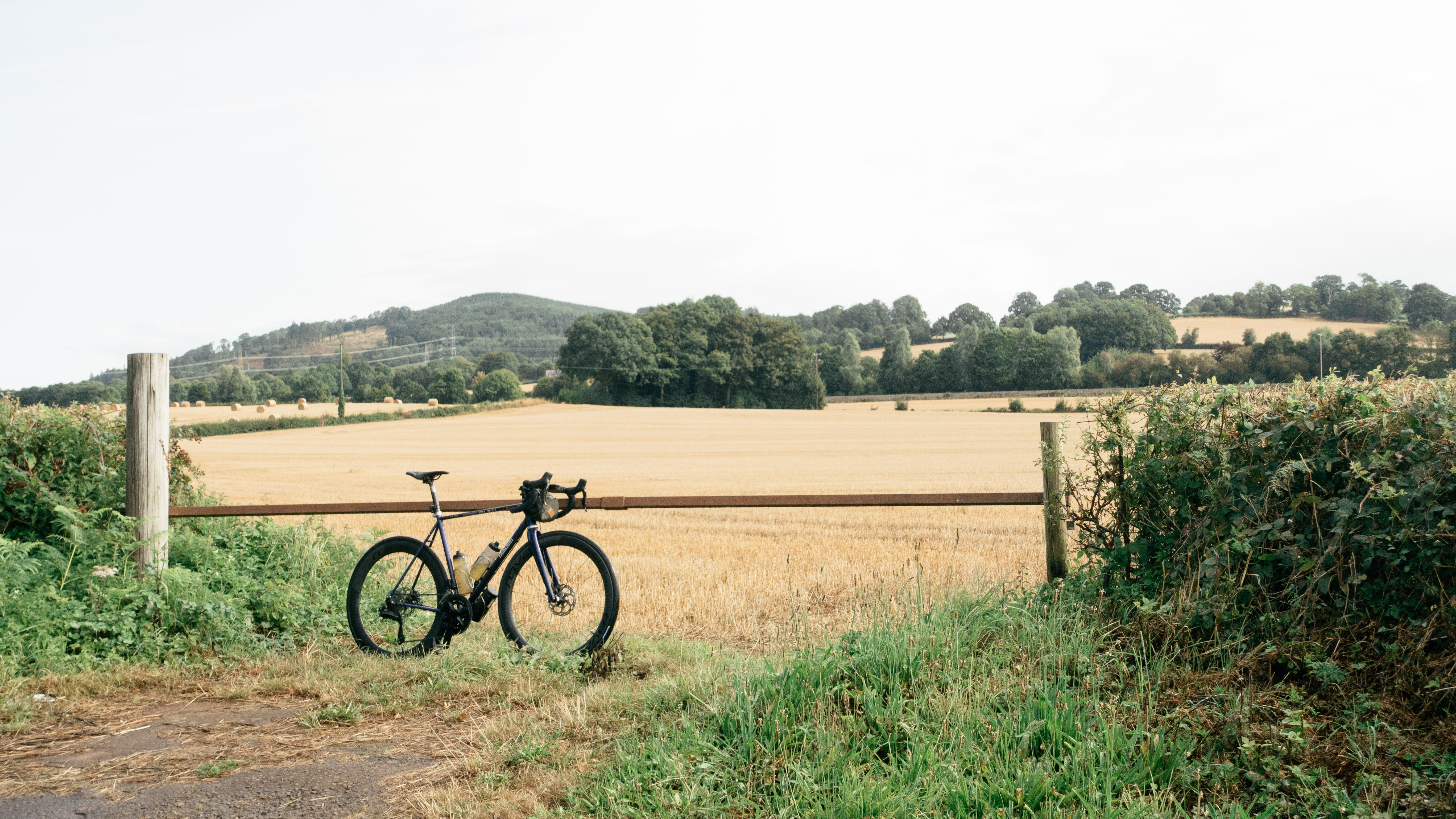
My job is literally testing the best road bikes on the market, or the best gravel bikes… plus endless streams of the latest kit too. With access to the best bikes and kit on the planet, you’d be forgiven for thinking that I must be meticulous and optimised in every single aspect of my setup, but I’m going to burst your bubble; my attitude to my own bike setups, when they needn’t be fettled to within an inch of their lives, is decidedly cavalier.
Some things, I will admit, are worth sweating the small stuff over. Correctly torquing the bolts on your bike will help you avoid a potentially catastrophic failure, and making sure my saddle height – even going so far as to account for the varying stack of my pedals, shoes, and even my bib shorts – are non-negotiables for me, but there are some things I simply don’t devote more than a passing thought to because I’d rather be riding my bike.
If I can learn to let go of the following things, then you can too.
Tyre pressure
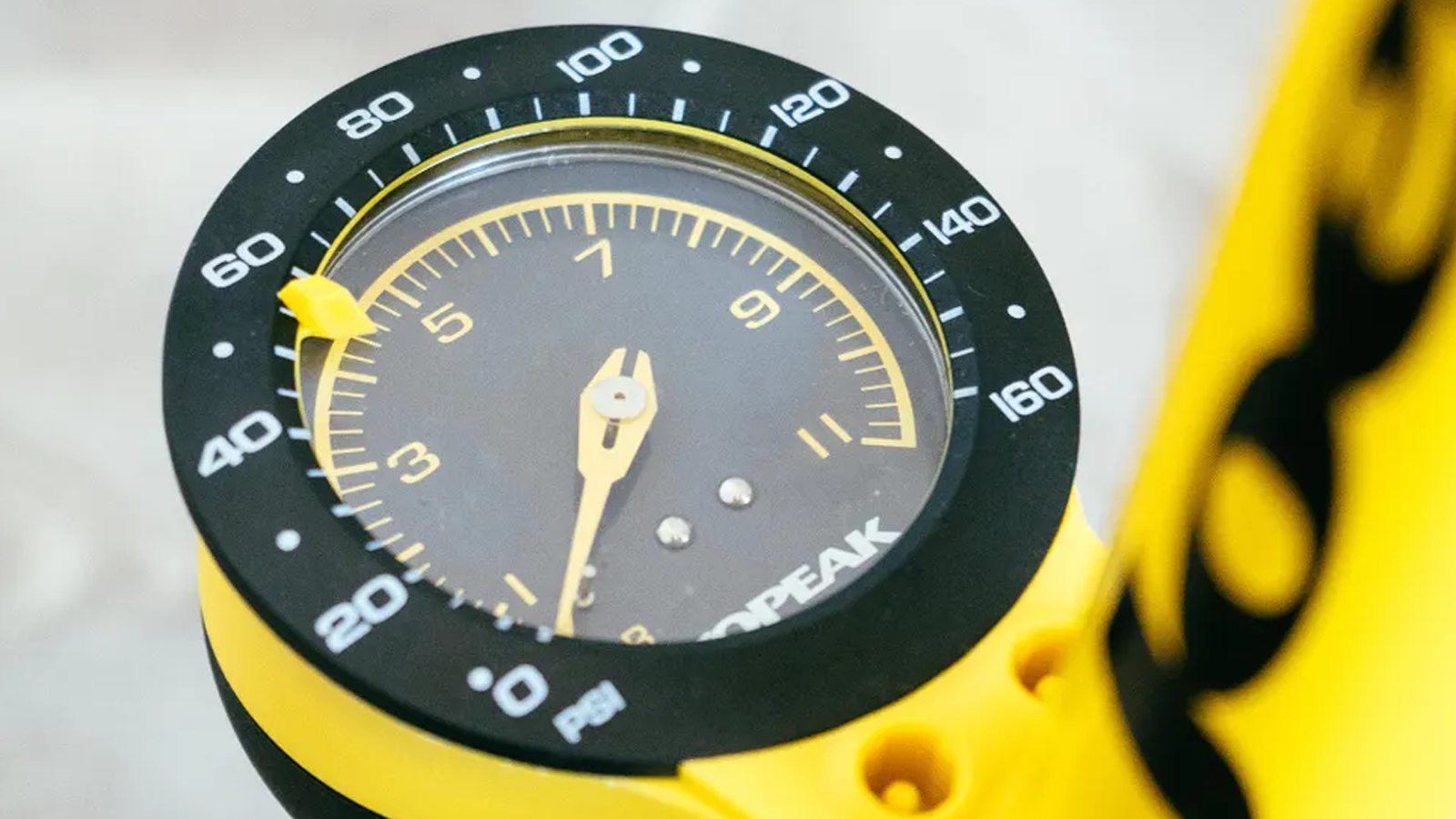
The margin for error on old 23mm tyres was pretty narrow. Too hard and you’d have a tremendously uncomfortable ride, but stray a little too soft and you’ll risk pinch flatting over the smallest pot hole. Nowadays though, tyres are wider, and the margin for error is really broad. In fact, in our own rolling resistance lab test, we showed that on a 28c tyre, there was effectively no tangible difference for the whole pressure range from 90PSI all the way down to 60PSI.
If, like me, you’re running larger road tyres (I have 35c rubber on my long termer at present and it’s perfect), especially tubeless, it’s really very hard to get your tyre pressure truly wrong. It may not be truly optimal in terms of handling, but unless you’re at risk of dinging the rim or burping the tyre or actually blowing it off the rim at the upper end, then you’re probably going to be fine.
I will caveat this by saying I’m a LOT more careful about making sure I’m in the correct pressure window when I’m using hookless rims. There’s far less margin for error here, even with larger tyres, so know your enemy before embarking on a truly smooth-brain existence. Likewise, when I am specifically testing tyres or wheels, it’d be remiss of me not to stick to a more regimented setup for consistency, but when I’m just heading out to ride my own bikes, the ol’ thumb test is enough for me now.
Sealant volume
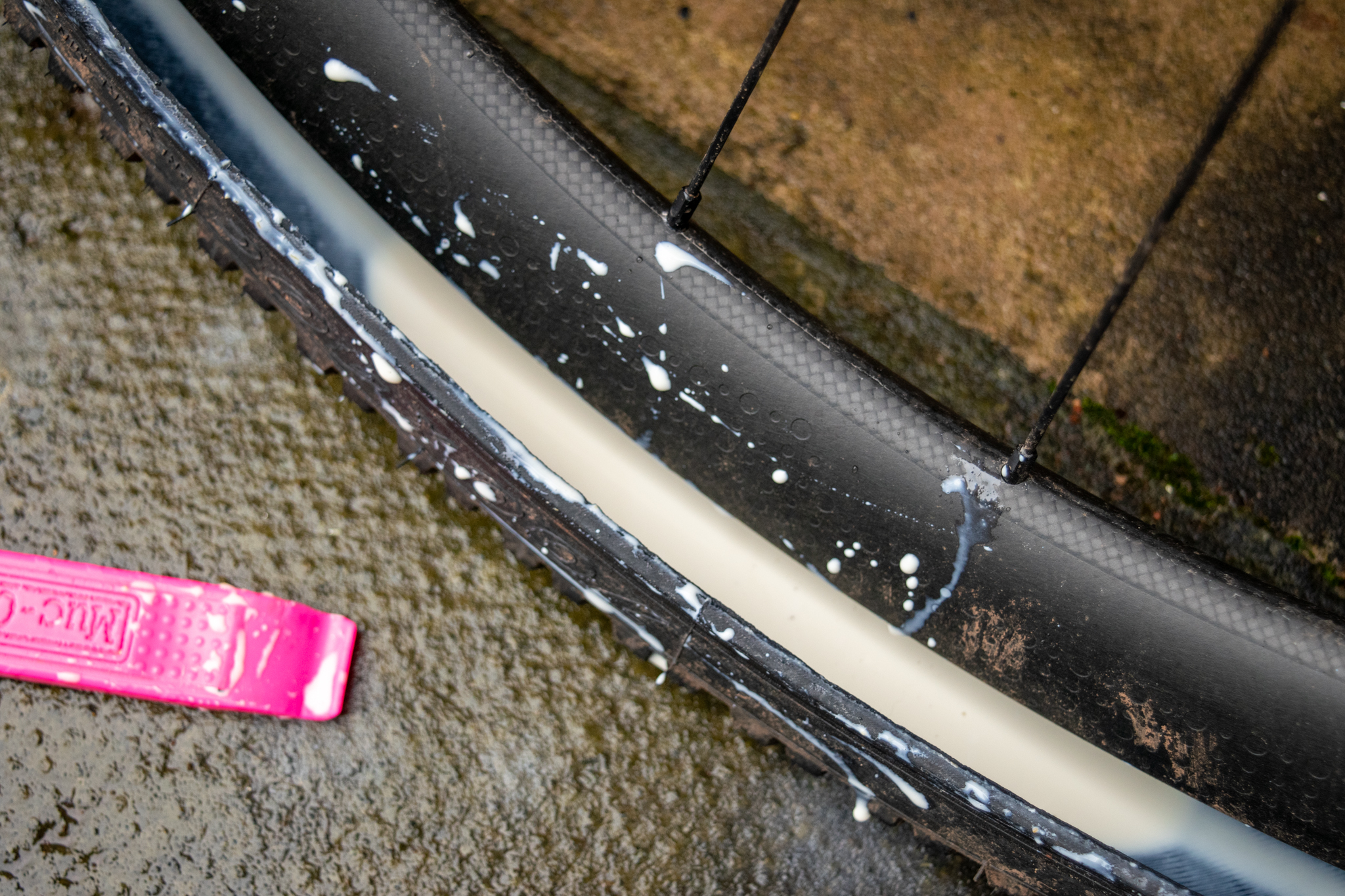
Again, I must caveat this with the fact that when we are doing repeatable tests like measuring which is the best road bike tyre, having consistent sealant volume is key, but for my own bikes, I have never once measured how much tubeless sealant I’ve put in my tyres. I swap ‘em so often it’s never going to dry out, and I always err on the side of caution and put quite a lot in, thinking that, in the event of a puncture, I’d rather have too much than not enough.
The latest race content, interviews, features, reviews and expert buying guides, direct to your inbox!
Are there minor losses in terms of weight and rolling resistance with this devil-may-care attitude to latex goop? Absolutely, but while you’re still trying to find the gummed-up syringe in the bottom of the box in the garage, I’m already halfway down the road rolling off into the sunset having just glugged a load into the tyre void straight from the bottle.
Chain lube
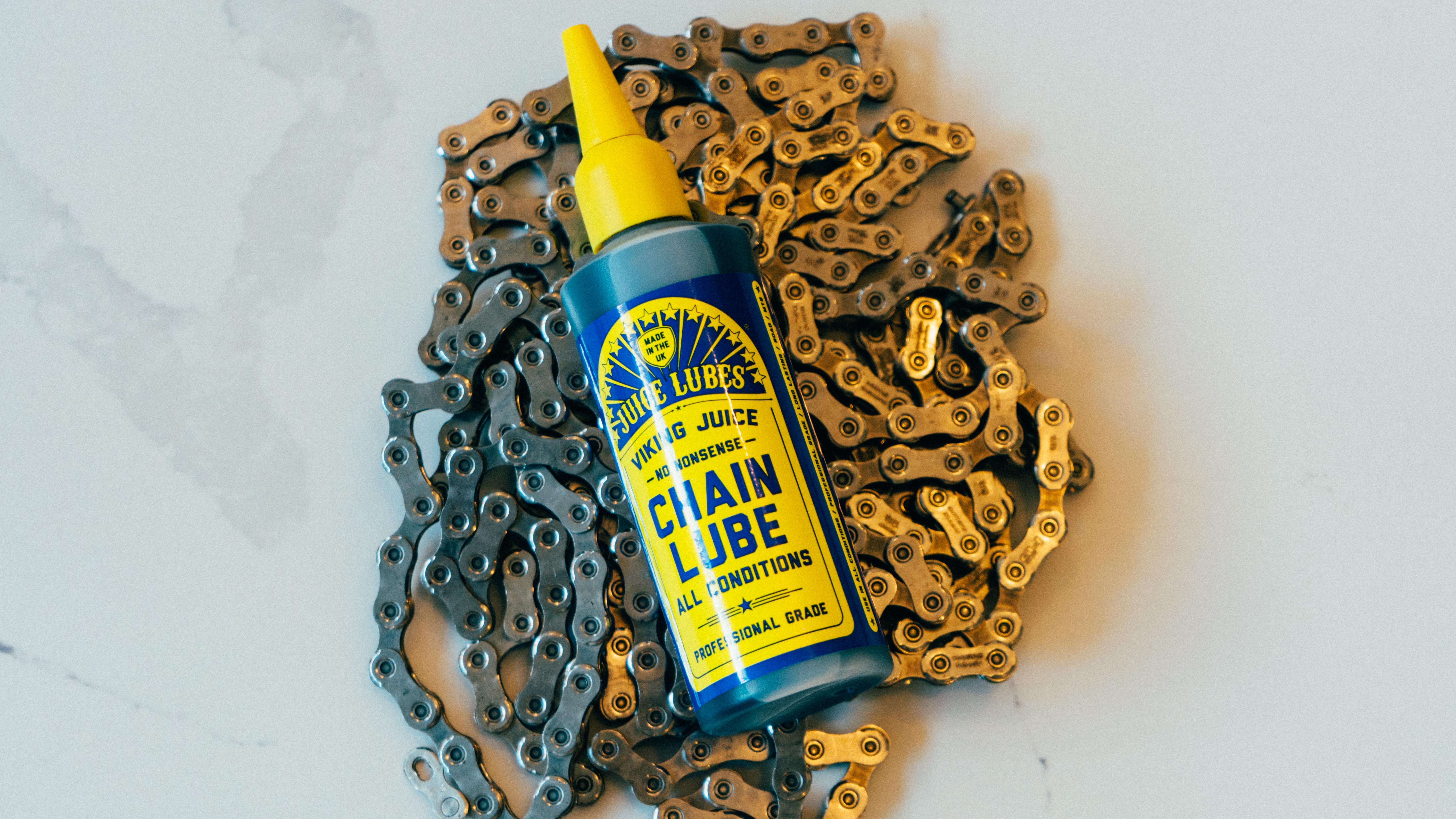
I tried chain wax. I really gave it a good go for a whole year, and did it properly with deep cleaning, isopropyl alcohol, a slow cooker… the works. Was it quiet? Yes, until all of a sudden it isn’t.
It wasn’t for me. I lost too many chains to rust, as I am prone to often riding in miserable conditions and putting my bike away swiftly in my haste to have a warm shower and a cold beer, and I couldn't stand the noise when the wax 'ran out' - for want of a better phrase.
I will accept that waxing your chain is better for your drivetrain, with longer component lifespans and lower power losses due to dirt and grime, but I simply don’t care. I can’t be doing with taking my chain off, boiling a kettle, de-waxing it, waiting for the slow cooker to heat up, re-waxing the chain, letting it dry again, breaking the links apart, and re-installing the chain for the next ride. I even tried topping it up between rides with high-quality drip wax, but when it rains, nothing compares to good old-fashioned oil in my eyes.
Instead, I simply give it a wipe with a rag after most rides, and when it’s dirty, I give the drivetrain a good clean before dumping some all-purpose lube on it. My lube of choice is Juice Lubes Viking Juice, and I have absolutely no clue if it’s ‘good’ or not, but it stays remarkably clean, it’s never gone dry even on soaking rides, applies easily and doesn’t leave a sticky residue, and it’s pretty cheap too.
How aero my bike is
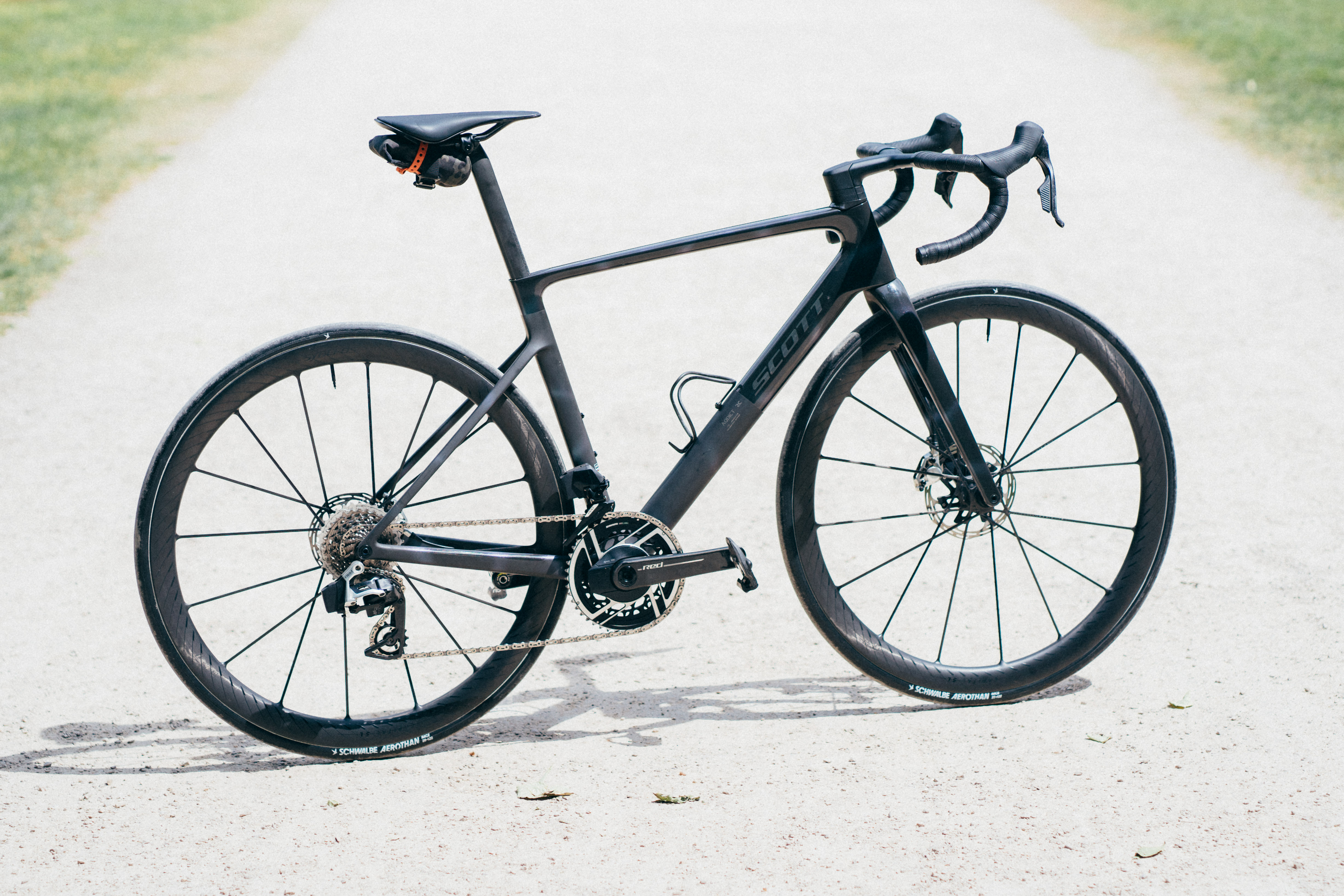
When testing aero bikes here at Cyclingnews we are in the enviable position that we have taken almost every bike from the WorldTour to the wind tunnel, and almost all of the latest crop of dedicated aero bikes too, for independent testing. We know how aero each one of them is in varying conditions, and how they compare to the competition, so you might think that when I’m testing something mid-pack in terms of aero performance, I feel hamstrung… not at all.
There’s no denying that the likes of the Cervélo S5 and the Colnago Y1Rs are extremely fast, but at no point when I was testing the Scott Addict RC Ultimate or the Pinarello Dogma F did I feel I was on a lesser machine because there’s more to performance than simply distilling a machine down to something as simplistic as a coefficient of drag figure.
If you’re racing and want to have the absolute fastest setup then fill your boots and go all-out aero on everything, but given that the vast majority of your drag comes from your body position then I’d happily take a bike I think handles a little better and learn to tuck my shoulders in when trying to gap my friends on the way back into town.
Internal rim width
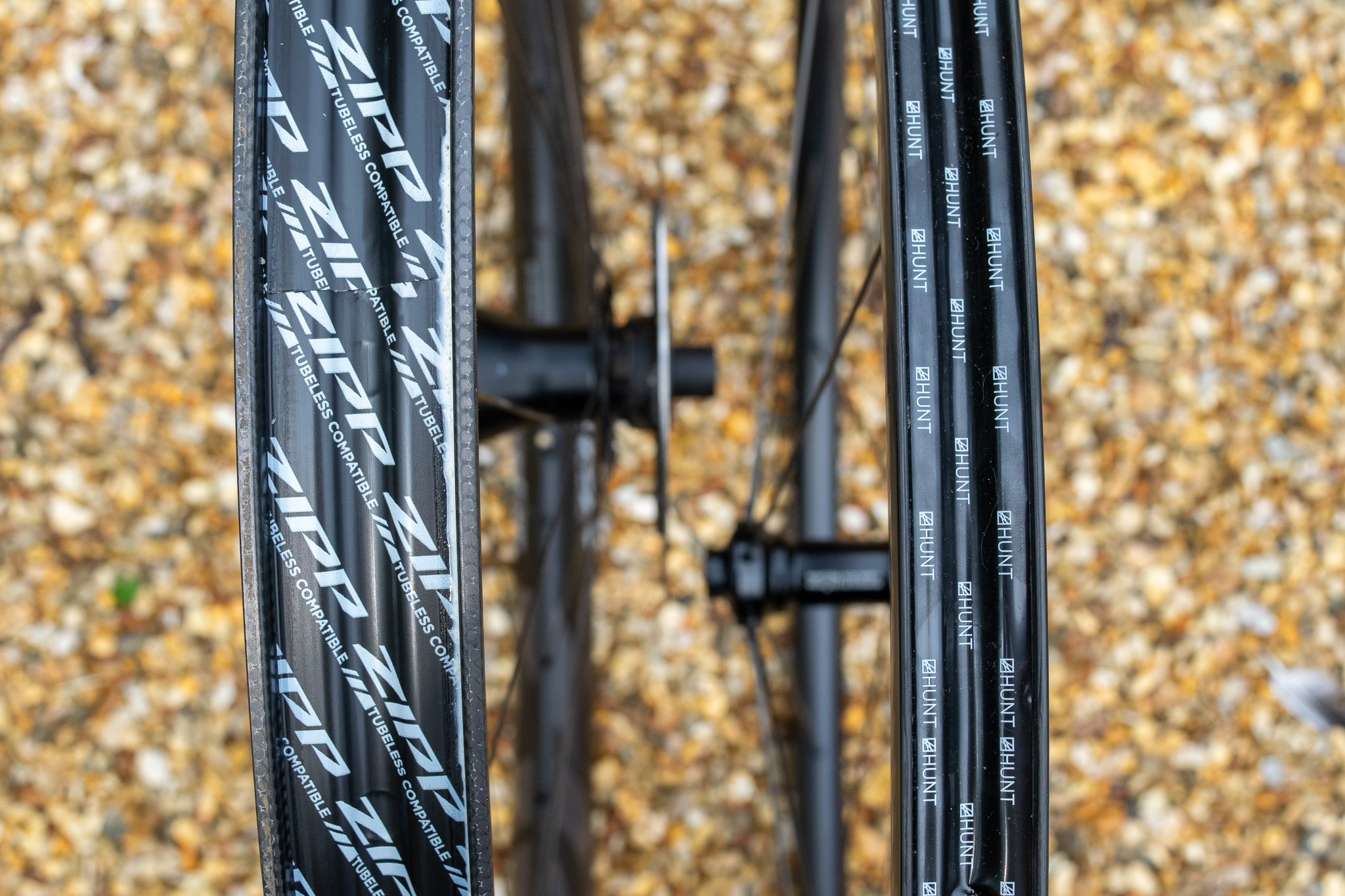
Obviously, again, this goes totally out of the window if one is using hookless, but for all other setups, the inner width of my rims barely ever crosses my mind. Yes, there are advantages for tyre stability with certain setups when you go up to something with a 25mm internal, but I’ve often ridden 25mm internal rims and then hopped onto something with 21mm. I have never once thought “Oh my God, this is totally unrideable!”
There are so many other variables that come into play that, for me at least, the gains fall into the imperceptible more often than not. If you’re in the market for new wheels, I’d probably stick internal width (as long as it’s not something crazy and old school like 17mm) lower down your list of priorities behind weight, the quality of the hubset, aerodynamics, price, and even aesthetics.
"Nutrition"

Having been an IBS girlie for many years, I have totally given up on on-bike nutrition products. I cannot remember the last time an energy gel passed my lips, nor a bar, and neither have I in recent months used anything on the bike that originally came in powdered form.
My colleague Josh is wonderfully meticulous with his nutrition, but he races to a high level and so has a need to work out exactly how many grams of carbohydrate per hour his body can handle. Plus, he finds it interesting, which I do not.
On most rides, I head out with a bag of Haribo, a Mars bar and a banana, and I haven’t come unstuck in a very long time. If I’m riding hard, I’ll fill my bottles with a 50:50 mix of Coca-Cola (the full-fat stuff) and water, and if I’m doing anything over around 160km I’ll make myself some rice bars the night before and then forget to eat any of them.
Real food is tasty, and there’s a lot to be said for a big, salty plate of chips halfway through a ride, as long as you haven’t immediately got to race up a climb afterwards.
My only concession to ‘nutrition products’ comes afterwards. I will have a protein shake after the gym, and when I remember to buy some, I have some SiS Rego after a hard ride, but that’s about it.
Let us know how many of my points you agree with via the poll and comments below.

Will joined the Cyclingnews team as a reviews writer in 2022, having previously written for Cyclist, BikeRadar and Advntr. He’s tried his hand at most cycling disciplines, from the standard mix of road, gravel, and mountain bike, to the more unusual like bike polo and tracklocross. He’s made his own bike frames, covered tech news from the biggest races on the planet, and published countless premium galleries thanks to his excellent photographic eye. Also, given he doesn’t ever ride indoors he’s become a real expert on foul-weather riding gear. His collection of bikes is a real smorgasbord, with everything from vintage-style steel tourers through to superlight flat bar hill climb machines.
You must confirm your public display name before commenting
Please logout and then login again, you will then be prompted to enter your display name.